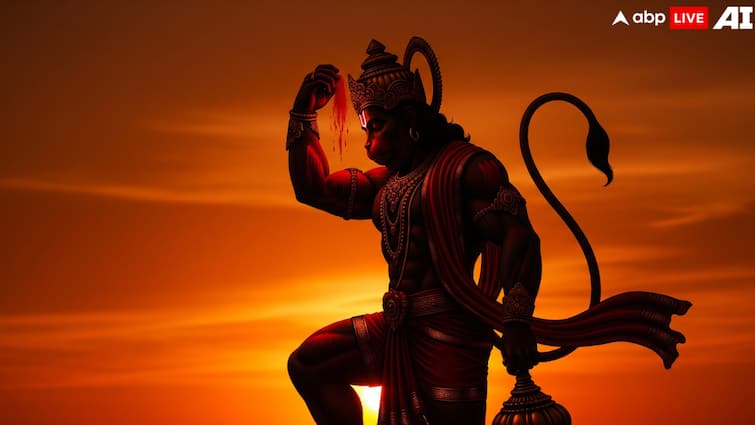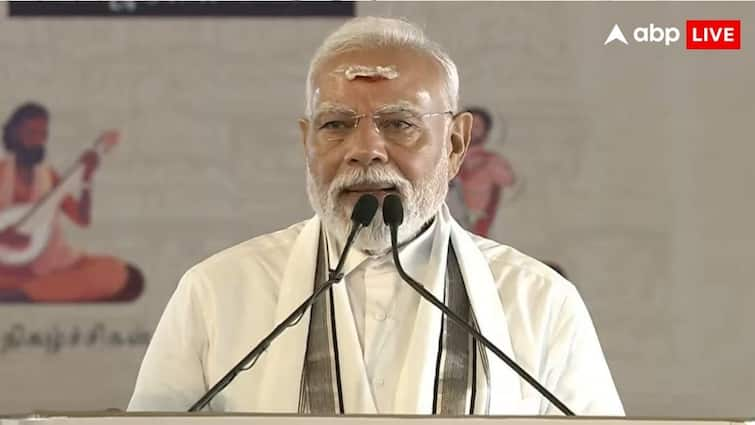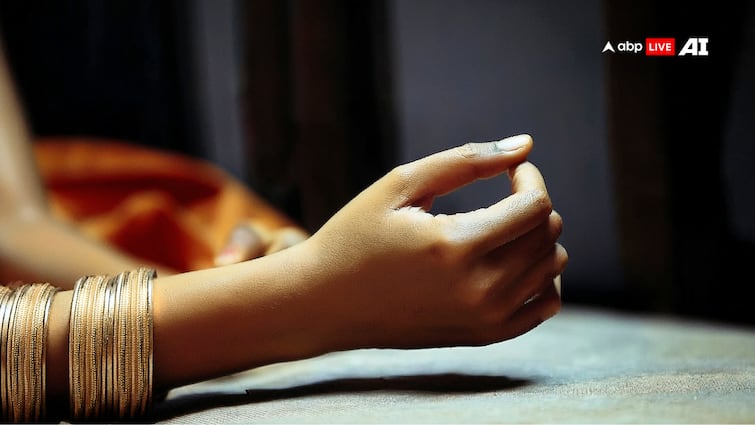
Prime Minister Narendra Modi on Saturday, May 31, sought to highlight the role of “Naari Shakti [women power]” in India’s Operation Sindoor against Pakistan. To highlight the importance and strength of sindoor (vermillion) in Indian culture, PM Modi said: “India is a land of culture and traditions, and sindoor [vermilion] is a symbol of women’s power in our heritage. Even Lord Hanuman, deeply devoted to Lord Ram, adorned himself with sindoor…”
Bhopal, Madhya Pradesh: Prime Minister Narendra Modi says, “India is a land of culture and traditions, and sindoor (vermilion) is a symbol of woman power in our heritage. Even Lord Hanuman, deeply devoted to Lord Ram, adorned himself with sindoor…” pic.twitter.com/wEJFstNiWg
— IANS (@ians_india) May 31, 2025
But why did PM Modi mention Hanuman? And what is the connection of the Hindu deity with sindoor?
Why Did Hanuman Cover Himself With Sindoor?
In Hindu mythology, few stories of devotion and loyalty resonate as deeply as the tale of Hanuman and sindoor. The incident was a simple yet profound narrative that continues to inspire millions across generations.
But what exactly is the connection between Lord Hanuman, the mighty vaanar, and sindoor, the vibrant vermilion powder worn traditionally by married Hindu women?
According to the Uttar Kaand of the Ramayan, Hanuman saw Goddess Sita applying sindoor to the parting of her hair. Curious and innocent in his questioning, he asked her why she adorned herself with the red mark every day.
Sita smiled and replied, “This sindoor is a symbol of my love and dedication to Lord Ram. It ensures his long life and well-being.”
Hanuman, ever the loyal devotee, was deeply moved at this reply. If a small streak of sindoor could benefit his beloved Lord Rama, what if he covered his entire body with it?
Without hesitation, he smeared sindoor all over himself — from head to toe — in a remarkable act of devotion. His intent was pure, his heart filled only with the desire to see Rama safe, happy, and blessed with a long life.
When Lord Ram saw Hanuman completely drenched in sindoor, he was overwhelmed. Touched by Hanuman’s boundless love and innocence, Lord Ram blessed him and granted him the boon that all who worship Hanuman with a pure heart would find their obstacles removed from their paths. Hence, Hanuman is also known as ‘Sankat Mochan’, or ‘Remover of Troubles’.
From that moment on, sindoor became a symbol of Hanuman’s unwavering devotion, and offerings of sindoor to Hanuman became a revered ritual among devotees.
Devotees Still Offer Sindoor To Hanuman
Even today, the practice of offering sindoor to Hanuman, especially on Tuesdays and Saturdays, remains deeply ingrained in Hindu tradition. Temples dedicated to Hanuman are often painted in shades of red and orange, symbolising the sacred connection to sindoor.
Many believe that offering sindoor to Hanuman brings strength, courage, and protection. In times of distress, devotees turn to him not just as a god, but as a friend and a guide.
Doonited Affiliated: Syndicate News Hunt
This report has been published as part of an auto-generated syndicated wire feed. Except for the headline, the content has not been modified or edited by Doonited




















































